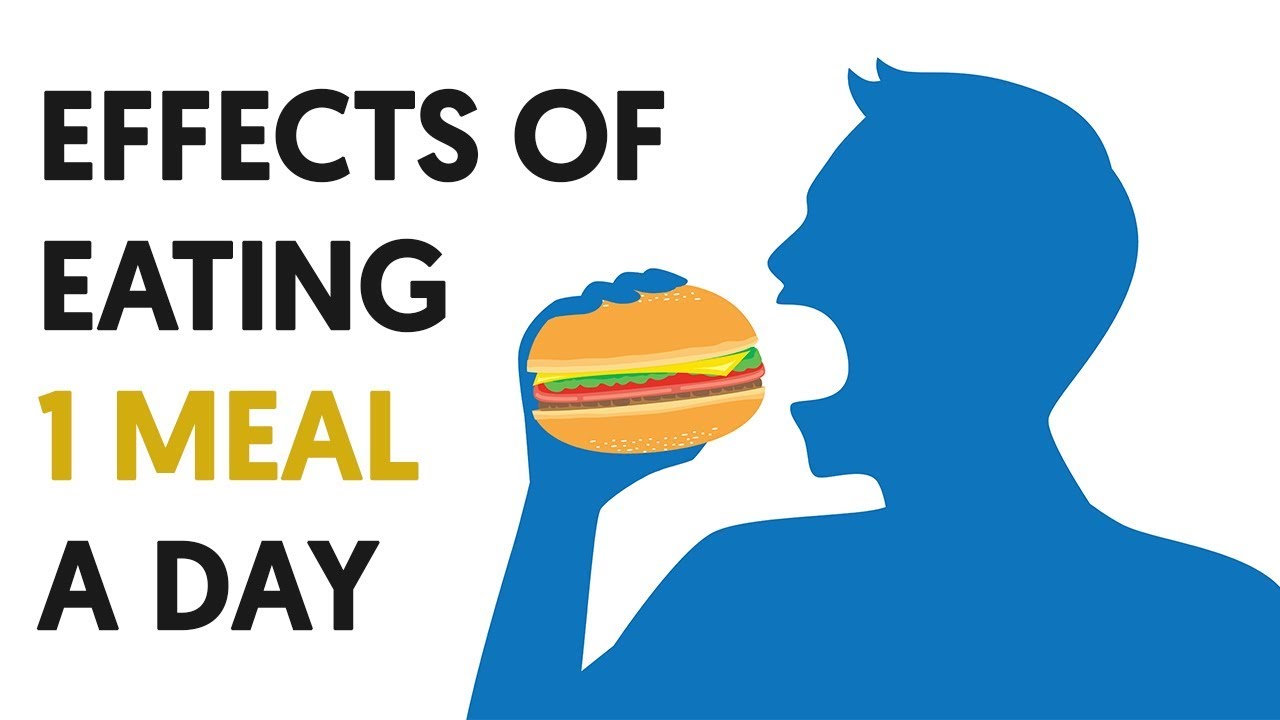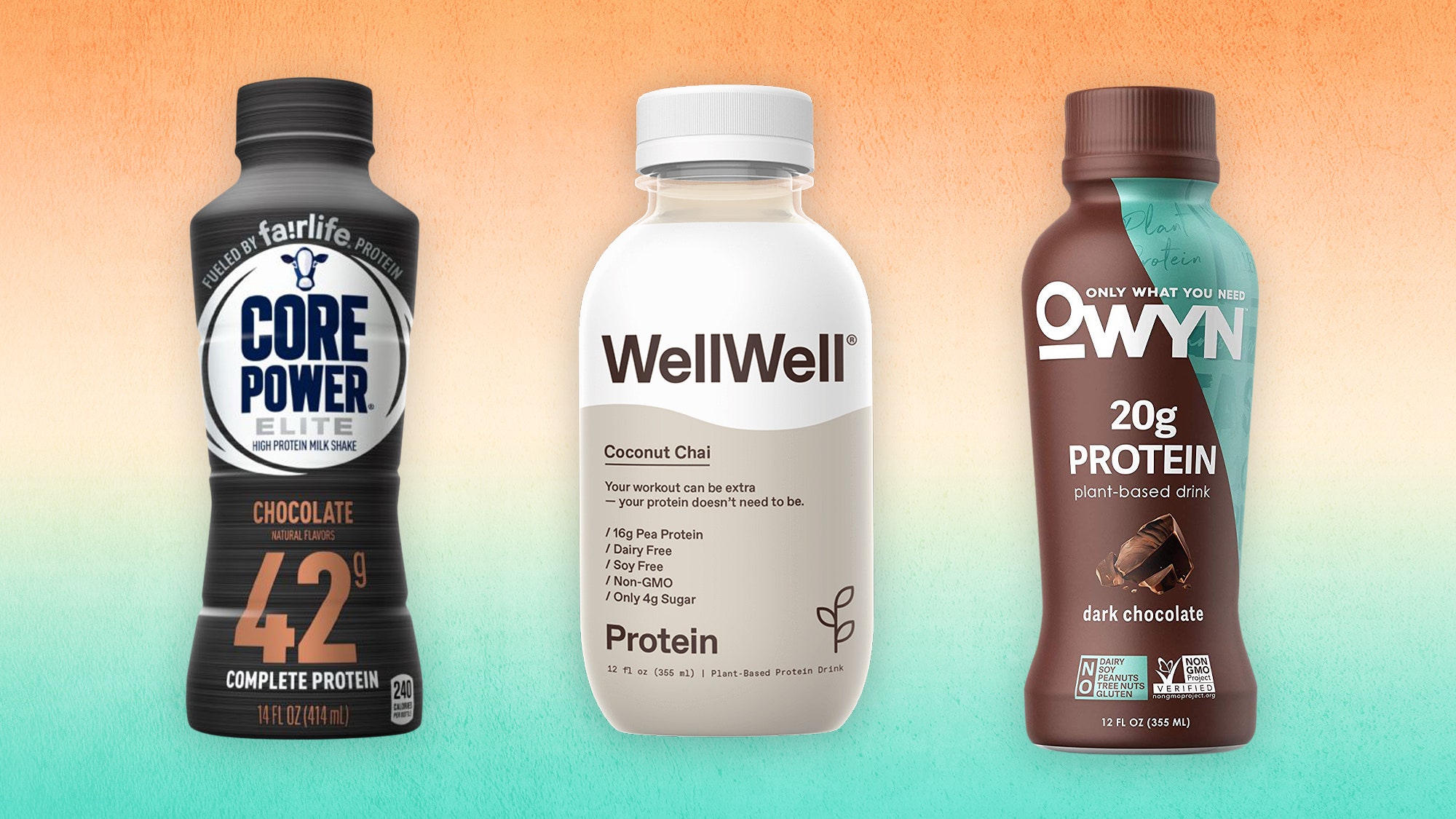
Cardio to lose weight has many benefits. The more consistent your cardio workouts, the more calories you will burn. Strength training, in addition to running and walking, is important. Include both cardio and strength training into your exercise program to increase metabolism and lose weight. After doing this, you'll feel more confident in your clothes. How much cardio can you take to lose weight Here's a guide.
Interval training burns calories more
There are several factors that influence how effective interval training is in terms of burning more calories. This type is known for its ability to burn calories quicker than lower-intensity exercise. It requires two to three days of recovery time between sessions. This type of exercise may not be suitable for everyone. This exercise may not be appropriate for people with heart disease.
Study results show that people who do interval training are more likely to lose weight than those who exercise continuously. Interval training consists of short bursts involving intense activity followed with moderate stretches. Study participants were sedentary, active women in their 20s. The difference in weight loss between the two types of exercises is quite significant. Weight loss requires a balance of exercise and diet.

Cardio with moderate intensity burns more calories
It's likely that you have heard that moderate cardio burns more calories for weight reduction. You should be aware of a few things before you begin this exercise program. You should always aim to keep your heart rate within a reasonable range. This way, you train your body to burn fat more efficiently. And, if you can manage to stick to a slower pace for a longer period of time, you'll be sure to get the most benefit.
You can get moderate cardio benefits by walking or doing other low-impact exercises. Just 3.5 miles per hour burns 314 calories. Swimming laps at moderate or high intensity burns up 402 calories per hour. You can also use a stationary bike. One hour of moderate intensity cycling can burn 591 calories. Low-impact aerobics classes like dancing can burn as many as 365 calories an hour.
Running is an effective form of cardio for weight loss
While most people are familiar with the benefits of running for weight loss, some experts argue that running is bad for your overall health and fitness. Running is an intense exercise that can cause injuries and lead to muscle loss. Running does not burn more calories than other forms cardio. It is important to choose a pace that suits your current fitness level. Add a variety of cardio to your daily workout.
World Athletics has recently done a study that examined the benefits running can have on weight loss and overall health. Running was found to be more effective in weight loss than other types of exercise. However, running can become a routine for many people. You can start slow and gradually increase your mileage, if you're just starting out in the sport. Also, make sure you cool down after your workout with a few light stretching.

To burn more calories, include strength training in your cardio program
You can increase your heart rate by including strength training in your cardio regimen. This will also help you to burn more calories. Strength training is essential because it will increase muscle mass. While lighter weights require fewer repetitions, heavy weights can build more muscle in less time. Using a MyPlate app can also help you estimate how many calories you burn each day while performing your exercise routine. Using strength training in your cardio routine will maximize the amount of calories you burn while improving your endurance, work capacity, and mental toughness.
You can also improve your heart health and bone strength by including weight training in your cardio regimen. Cardio helps improve your cardiovascular health. It can also lower your risk for heart disease, diabetes and cancer. This will make it easy to burn more calories and feel like a rockstar. Strength training is a great way of building muscle mass and burning more calories than you consume. You will lose weight quicker by increasing your metabolism.
FAQ
What foods help me lose more weight?
By eating less calories, you can lose weight quicker. You have two options:
-
Reduce the amount of calories that you consume each day.
-
You can burn more calories through exercise.
Reducing the number of calories you eat is easier said than done. It's no surprise that we are constantly bombarded with high-calorie fast food options. Here are some foods that can help you lose those extra pounds.
-
Beans are high in fiber and protein. They have almost no fat making them an excellent choice for dieters looking to reduce their caloric intake.
-
Oatmeal is low on calories but high in nutrients, such as magnesium or potassium. Oatmeal is lower in sugar than other cereals.
-
Eggs are high in cholesterol and protein. Consuming eggs at least once a week can increase your metabolism and help you burn more calories.
-
Whole grain bread may help you feel fuller, longer.
-
Dark chocolate contains antioxidants and flavonoids that have been linked both to better cardiovascular health and lower blood pressure.
-
Cottage cheese is rich in calcium which aids in bone strength. Cottage cheese is also high in calcium, which aids in bone strength.
-
Salmon is packed with omega-3 fatty acids, which promote brain development and improve cardiovascular function.
-
Green tea is chock-full with catechins. These compounds fight cancer and boost metabolism.
-
Broccoli is a great source of folic acid, which reduces homocysteine levels in the blood. A higher risk of developing heart disease and stroke is associated with high homocysteine levels.
-
Yogurt is an excellent way to include probiotics in your diet without adding sugars. Probiotics are important for your digestive health.
-
Berries are a tasty snack that is also nutritious. All of these are excellent sources for vitamins and minerals, including blueberries, strawberries and blackberries as well as raspberries and cranberries.
-
Avocados are rich in healthy fats. A half avocado has 80 calories but plenty of filling fiber.
-
Nuts are delicious snacks that also provide a lot of protein. There are many great options for nuts, including cashews and hazelnuts as well as walnuts, pecans, hazelnuts and hazelnuts.
-
Sweet potatoes, another starchy vegetable, are rich in beta-carotene which gives your skin a glow. The orange sweet potato variety has a higher level of beta-carotene than regular sweet potato varieties.
Is it possible to eat fruits while intermittent fasting?
Fruits are great for your health. They contain vitamins, minerals, fiber and antioxidants. However, they do contain sugar which can cause blood glucose levels spike. This can lead insulin resistance and weight increase. You can lose weight by following an IF diet. Make sure to eat low glycemic fruits like apples, pears and berries.
What Amount of Weight Can You Lose In A Week?
Your current bodyfat percentage determines the amount of weight you will be able to lose. First, calculate how much weight your goal weight is and then determine what your BMI (Body Mass Index). Your BMI indicates how much weight we should lose to achieve our goal. If your BMI is 25 or greater, you're overweight. If your BMI falls below 30 you are considered obese.
For example, let's say you have a BMI of 28.7 and are 200 pounds. To get to a healthy weight range, you'd need 70 pounds of weight loss. To see if you're overweight, visit www.healthyminds.com/bmi/.
This formula can be used to calculate how many pounds you will lose each week once you have determined your BMI.
(Your Goal Weight - Current Weight)/BMI * 7 Number Of Pounds Lost Per Week
To lose 50 pounds in a month, you would need to exercise for 2 weeks. That's 56 days divided by 7 pounds per day. This works out to 8.3 lbs per week.
You could also try this calculator from www.weightlosscalculator.net. It will give you an approximate estimate of the calories you need to lose 1 pound each week.
Statistics
- One 6-month study showed that simply doing 11 minutes of strength-based exercises 3 times per week resulted in a 7.4% increase in metabolic rate, on average. (healthline.com)
- Another study found that 24 weeks of weight training led to a 9% increase in metabolic rate among men, which equated to burning approximately 140 more calories per day. (healthline.com)
- It's estimated that half of all American adults attempt to lose weight every year (1Trusted (healthline.com)
- A 12-week study in 20 women with obesity found that walking for 50–70 minutes 3 times per week reduced body fat and waist circumference by an average of 1.5% and 1.1 inches (2.8 cm), respectively (healthline.com)
External Links
How To
How to Lose Weight Fast Without Exercise
Fast weight loss is possible by eating fewer calories than you burn. This will make your body burn more fat to generate energy. You will see some muscle shrinkage if your body doesn't consume enough calories. You can still lose weight if you don't work out while dieting, but you'll probably lose even more muscle mass.
It is possible to lose weight fast and not have to exercise by reducing your calorie intake. While many people believe they need to cut back on their food intake, it is not the truth. To lose weight, you need to ensure that you are consuming fewer calories than your body is burning. How much should you consume each day? It depends on what kind of activity you engage in daily. Someone who walks three miles per day would require only about 2,500 calories. Someone who works at a desk all day long would require around 1,600 calories daily. A person who exercises frequently (like lifting weights), would only need about 1,600 calories per day.
To lose excess weight, you need to cut back on your caloric intake. Many people believe they should eat less food to feel better. However, this is false. Your body doesn't care whether you're hungry or not; it just wants to function properly. In order to lose extra weight, it is essential that you keep track of how many calories you consume. Many apps are available online that can help you monitor your calorie intake. You can use these apps to monitor your calorie intake, such as MyFitnessPal, Calorie Counter and LoseIt!